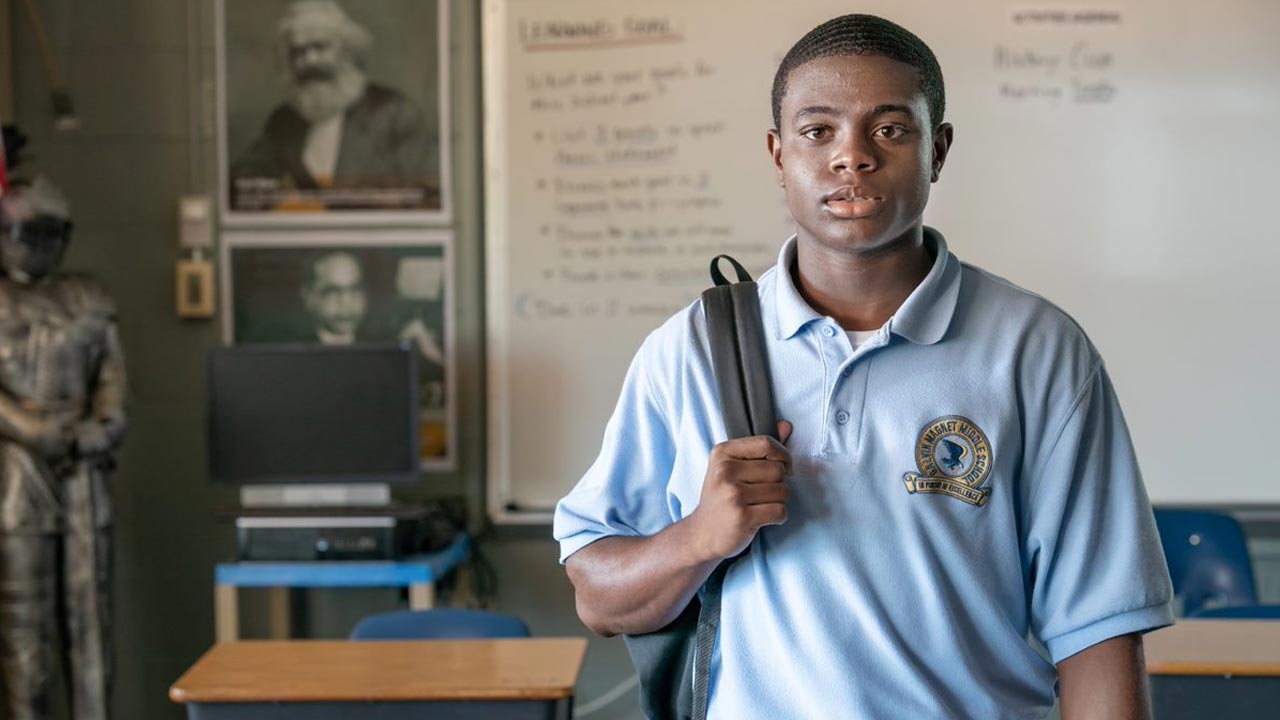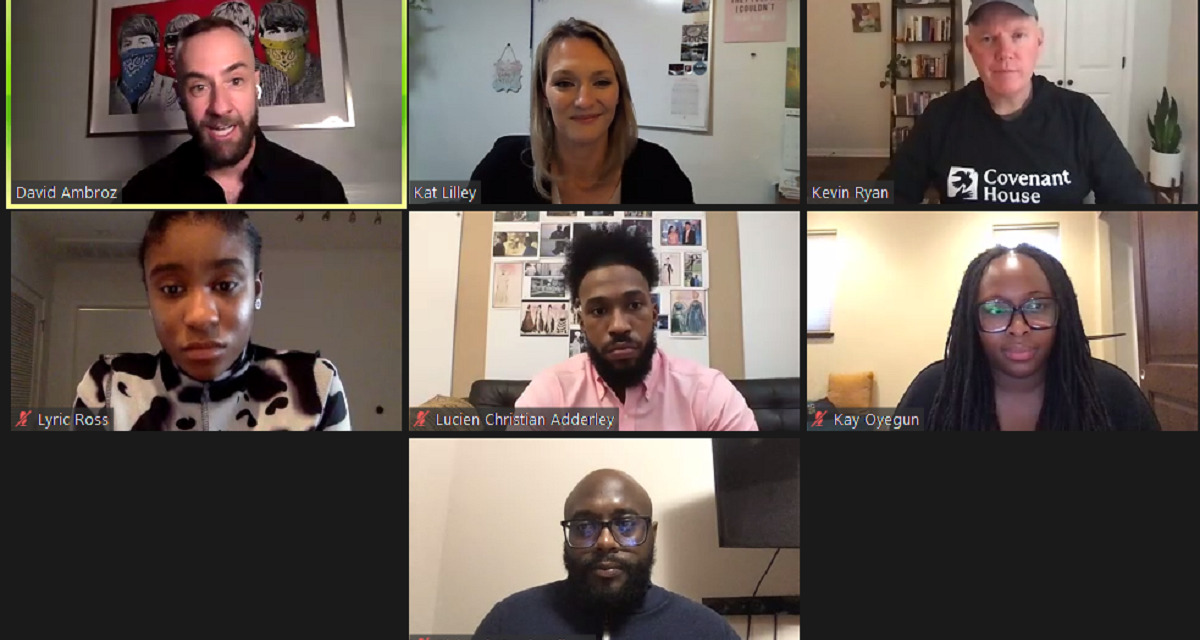The Television Academy, along with Kia, hosted a panel entitled “The Power of TV: Homelessness in Storytelling.” Among the panelists were an array of people that advocate for this underrepresented subject on the front lines of homelessness and in the world of television.
David Ambroz, who happened to be homeless himself for eleven years before he entered the foster care system, moderated this enlightening panel. David was joined by CEO of Family Promise, Kat Lilley-Blair, who also experienced homelessness seven years ago as a single mother of six.
Joining them is CEO of the Covenant House, Kevin Ryan. Covenant House focuses on our nation’s homeless youth and young sex trafficked survivors. Switching over to the television side, This Is Us writer Kay Oyegun, who experienced homelessness for a year and a half when she was young, also contributed to the list of panelists. This Is Us actor Lyric Ross, who portrays Deja — a homeless teen attached to her mother before formerly being adopted by Beth and Randall Pearson — also joined. Rounding out these panelists are David Makes Man writers Richard “Byrd” Wilson and Lucien Christian Adderley who tell the story of a gifted black student that straddles the line of poverty between his family’s circumstances and his potential.
One of the key factors highlighted during this homelessness in storytelling panel was the rate of increase and racial inequities with disproportionate poverty that plague the overall issue of homelessness. According to the Los Angeles Homeless Services Authority, the Greater Los Angeles area saw an increase in homelessness of over 12 percent. “There’s just nowhere for these families to turn. Eight percent of people in LA County are black and yet the black community make up 34 percent of homelessness in the county,” says Kat Lilley-Blair.
RELATED: Drawing More Attention to Black Mental Health Representation on TV

Susan Kelechi Watson as Beth Pearson, Lyric Ross as Deja, and Sterling K. Brown as Randall Pearson on This Is Us.
Moderator David Ambroz comments, “Lyric’s character humanizes homelessness and what it’s like to go through that journey.”
When speaking about how she portrayed this unfamiliar situation on screen, Lyric Ross (Deja Pearson) explains what went through her mind. “Knowing the parts of my character Deja — she’s smart, strong and very connected to her mother. To get back to her mother is really all she wanted to do. I had to bring up that sense of strength that I knew nothing about,” says Ross.
As mentioned by Kay, the causes behind homelessness can be as simple as one missed bill that starts a domino effect. The portrayals people see on screen have the ability to make an unfortunate circumstance become more understandable. “You’re one unfortunate incident from that happening to anyone,” explains Kay.
Richard adds, “We need to make sure we’re taking into account the things that make it worse, whether it be being black, [queer], etc.”
One of the common sentiments shared is the ability for television to form a lasting impression on the general population that have never and hopefully will never experience homelessness in their lifetimes.

Akili McDowell as David in David Makes Man.
“We have to make sure we see people as human before we see them as homeless — getting to the point of compassion and empathy, rather than sympathy,” encourages Lucien.
In addition, the pressures of a pandemic are playing a major role in the increase of homelessness in the LGBTQ+ youth. According to Newsday, this summer, reports indicated that 20-45 percent of homeless youth are part of the LGBTQ+ community, either from being forced out or running away. “It’s not enough to have the doors open, we have to create more safe spaces and celebrate them,” says Kevin.
“We have to build systems that come from a place of ‘What happened to you?’ instead of ‘What did you do or how is this your fault?’ and capitalize on their strengths,” says Kay.
With mobile devices being television’s mode of outreach, this medium has the ability to reach folks in a way nothing else can — by carrying on the mission of homelessness in storytelling. It’s essential now more than ever for TV to uplift everyone, including the homeless community, so all types of stories within this subject matter can be told.
“Homelessness is the least interesting aspect of people’s lives,” says Kevin.
This article was originally published 10/30/20
- Unpopular Opinion – TANGLED’S Mother Gothel Wasn’t That Bad - March 5, 2024
- Drawing More Attention to Black Mental Health Representation on TV - January 29, 2022
- LAW & ORDER: Exploring 5 Crucial Stabler and Benson Moments - December 16, 2021

